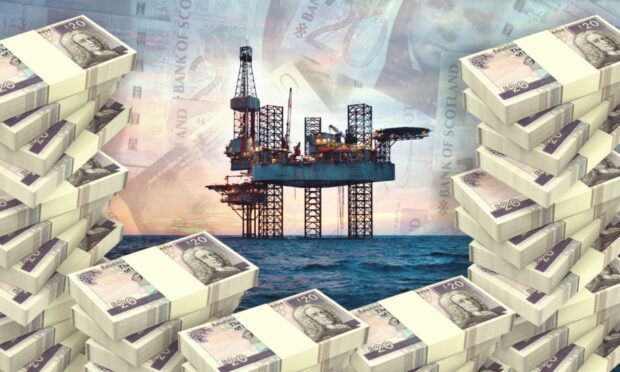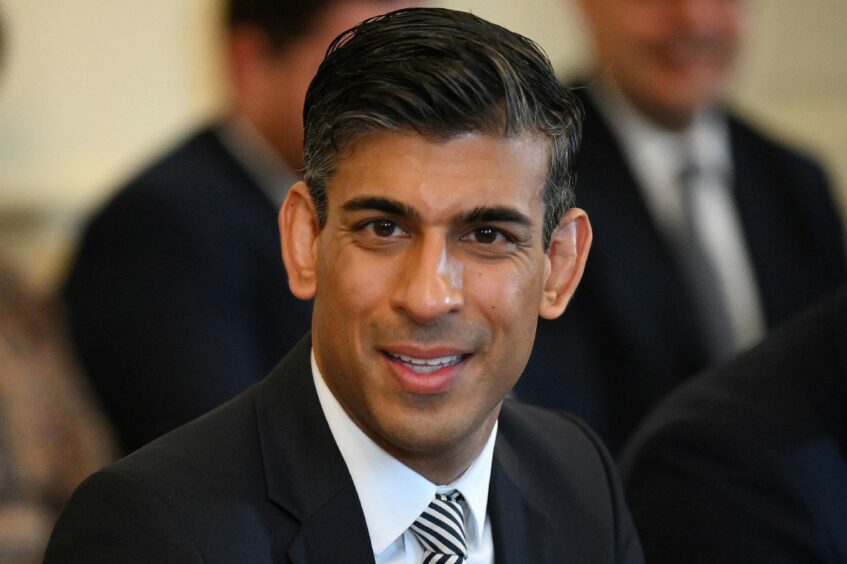The North Sea could take a £17.5 billion hit from the new windfall tax, the Aberdeen and Grampian Chamber of Commerce (AGCC) has warned.
Chancellor Rishi Sunak unveiled the levy last month saying it will raise around £5bn over the next 12 months.
AGCC said this could rise as high as £17.5bn as the tax could be in place for three years.
Official guidance said the tax will remain in place until oil and gas prices “return to historically more normal levels” or the activation of a “sunset clause” in 2025.
What is a ‘normal’ price for oil and gas?
But there has been no indication of what is a “normal” level for oil and gas prices.
To that point, petroleum economist Alex Kemp of Aberdeen University said: “Is there such a thing as normal prices? That would be my first question.”
In the last year alone the price of a barrel of Brent Crude has ranged between $64 a barrel to a historic high of $139.
A five-year average price for Brent is around $65/bbl.
Postives and negatives
The Energy Profits Levy has drawn both criticism and praise from North Sea industry.
Industry body Offshore Energies UK said it will send “shockwaves” for years to come and prompted the likes of BP and Shell to review their North Sea spending plans.
READ: BP to review impact of windfall tax on £5 billion North Sea investment plans
However analyst firm Wood Mackenzie, along with operator Ithaca Energy, operator of the Cambo project, has said it could also accelerate spending plans.
Despite a sizeable investment allowance – which totals a 90% return on spending – the move has drawn ire for not extending the incentives to renewables which form the brunt of energy majors’ spending plans this decade.
Sunak imposed the levy to fund a package of support for households hit with surging energy bills.
Shot in the foot?
AGCC policy director Ryan Crighton said: “This tax is an ill-thought-out response to what was an appallingly ill-informed debate about the contribution the energy industry already makes to the Exchequer.
“In the short-term, taking an additional £5bn from companies already taxed at 40% will achieve very little apart from making the North Sea – already one of the world’s most-mature basins – less attractive to investors.
“This levy has no incentive to invest in low carbon technologies and no clarity around what constitutes a high oil price, which suggests an intent to keep it in place until the sunset clause kicks in.
“By then, £17.5bn could have been taken out of the industry at a crucial point in our net zero journey.
“We’ve well and truly shot ourselves in the foot.”




Conversation